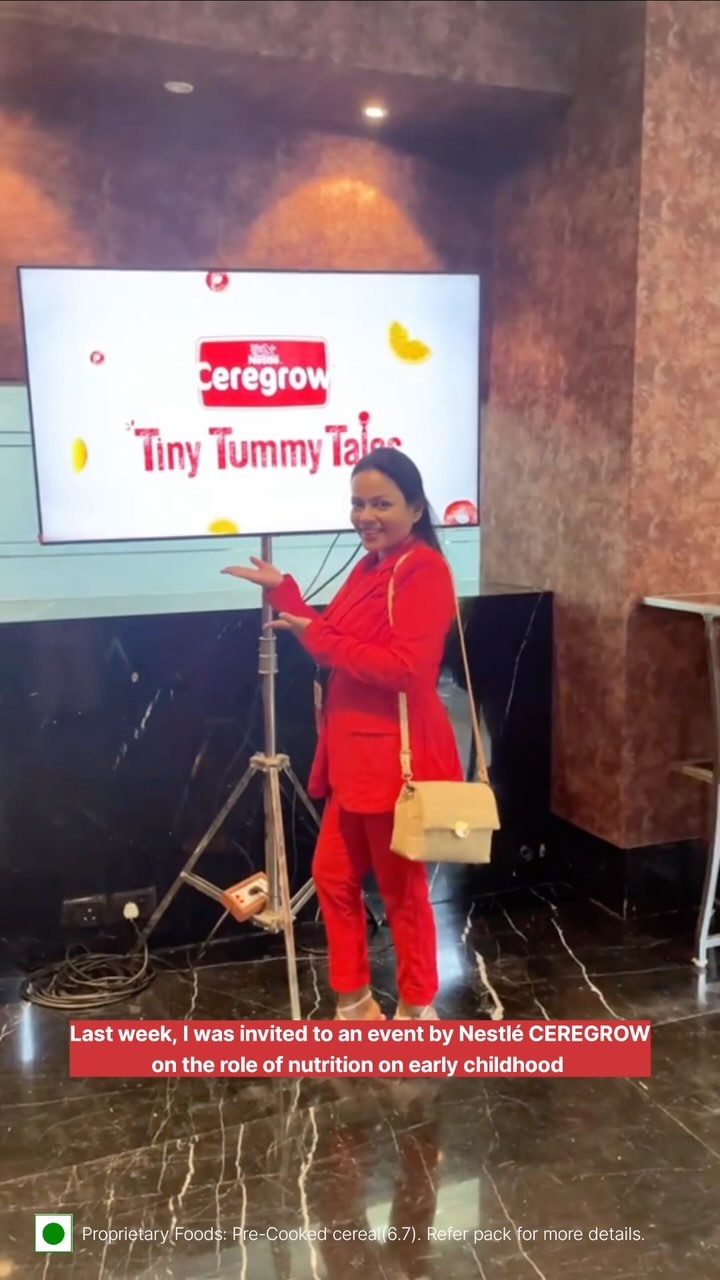Behind the Seams– How Indian Manufacturers Create Your Fabrics?
In the present scenario, the Indian fabric manufacturing market is growing rapidly. Different approaches and technology help manufacturers flourish, thrive, and transform manufacturing. Fabric can be manufactured for elite and regular fashion brands. Indian fabric manufacturers manage perfect units to handle the manufacturing process.
High-end manufacturers produce fabric with good essence and quality. Indian cloth manufacturing market is diverse and possesses different cultures through prints, designs, weave patterns, and much more.

Raw materials for fabric:
Manufacturers use different range of raw materials to make stunning fabric. Fabric can be divided into diverse categories: animals, natural plants, and man-made. A dyeable net fabric is created with solid, plain patterns and white shades.
● Cotton
It is the most popular material for manufacturing fabric. It arrives from a cotton plant and is harvested by machine. The material runs via a roller that eliminates seed, keeps out impurities and debris, and breaks up into bales.
● Silk
Material can be made by collecting cocoons of silkworms. It lines with a thin layer of silk filament that softens and eliminates a single thread. Thread can twist jointly with others before it goes to the next production stage.
● Flax
Flax plant is a reliable source to make linen. The plant can pull from the ground, flatten to eliminate seed, and go over to separate fiber and produce fabric.
● Wool
Wool can be gathered from the coats of sheep and washed. Material can rearrange into perfect shape and turn into fabric quickly. The process can be carried out through a machine or hand, producing fiber.
Manufacturing technique:
Manufacturers follow diverse techniques to make quality fabric for clothes. Fabric can be created based on different manufacturing techniques, such as:
1. Weaving:
In weaving, wrap or vertical threat can interlace with weft or horizontal thread. They work with the best artisans to generate diverse forms of weaves. Weaving performs based on intertwining, yarn type, motifs, and designs.
2. Dyeing:
Dyeing is a method of including colors in yarns. Experts use several techniques to dye before or after weaving fabric. The manufacturer uses natural or synthetic dyes in the dyeing process by considering the material. Natural dyes can be gathered from sources such as leaves, vegetables, flowers, and roots.
3. Printing:
Printing is an important technique to decorate fabrics. A different range of printing practices follows in diverse parts of India. It is an excellent approach to get a design on a piece of cloth. Manufacturers use printing tools or dyes, including carved wooden blocks.
4. Painting:
Painting is an expressive art that entails immense skill and patience. Experts utilize ideal methods to paint fabric carefully with vibrant colors and tools.
5. Embroidery:
It is a vital technique to make fabric with a delicate design. During this process, experts make fine designs on cloth with mirror pieces, beads, needles, threads, and sequins. Different parts of India follow several styles of needlework to develop embroidered fabric.
The manufacturing procedure of fabric:
Fabric production involves several steps. The primary step in manufacturing fabric is yarn production. Raw materials can be harvested, processed, and converted from natural fiber into yarn and thread. The process can be carried out by spinning fiber. Indian fabric manufacturers perform spinning by hand. It is time-consuming and tedious.
The spinning wheel is the best tool to handle the majority of spinning. Fibers can draw throughout the wheel and spin it. The bobbin is a crucial element in turning the wheel to gather fibers. It keeps spun fiber that connects to long strands of thread. After that, the bobbin can be sent to another machine where yarn continues to make fabric.
1. Production:
Once raw material is converted into yarn, the manufacturer goes for the next step, the production process. It engages by merging individual threads to make fabric. Weaving is a critical process to join yarn together. Weaving can be performed on a loom machine that needs a set of yarn.
The wrap set can be fixed across a metal frame. The weft can connect to a metal rod with one thread per rod. Loom can adjust by computer, allowing weft to realize how fabric might be woven. After finishing the fabric woven, it is taken from the loom and dives into the final step.
2. Processing:
Greige is the ideal method to freshen off the loom. It is similar to a crisp white sheet of clothing. Woven fabric contains impurities, discoloration, debris, and seed particles. All these things are removed thoroughly before it changes into the ideal material. The wearer gains perfect comfort with dyeable net fabric because different elements add to a beautiful layer. Experts use bleach to purify base color and treat it with diverse cleaners and chemicals to eliminate wax, oils, and other elements that happen in fiber. Finally, manufacturers ship fabric.
3. Fabric design and color:
Fabric can be fresh off the loom and processed for manufacturing clothes. Before shipping, the fabric can be treated for dyeing and color. Dyeing fabric is the first step that requires a machine like a mercerizer. Mercerizer comprises chemical solutions like caustic soda that are managed at low temperatures moderately. People love to use dyeable net fabric due to color drama and pattern.
Indian fabric manufacturers utilize cotton, linen, net fabric, and georgette for such items. The machine is responsible for improving pore size on fabric thread and accepts color during dyeing. It is a good choice for attaining bold and bright color fabric. Fabric can wash and stretch in a metal frame. It is easy to line up weave patterns and lets fabric admit more colors.












































Very informative article!